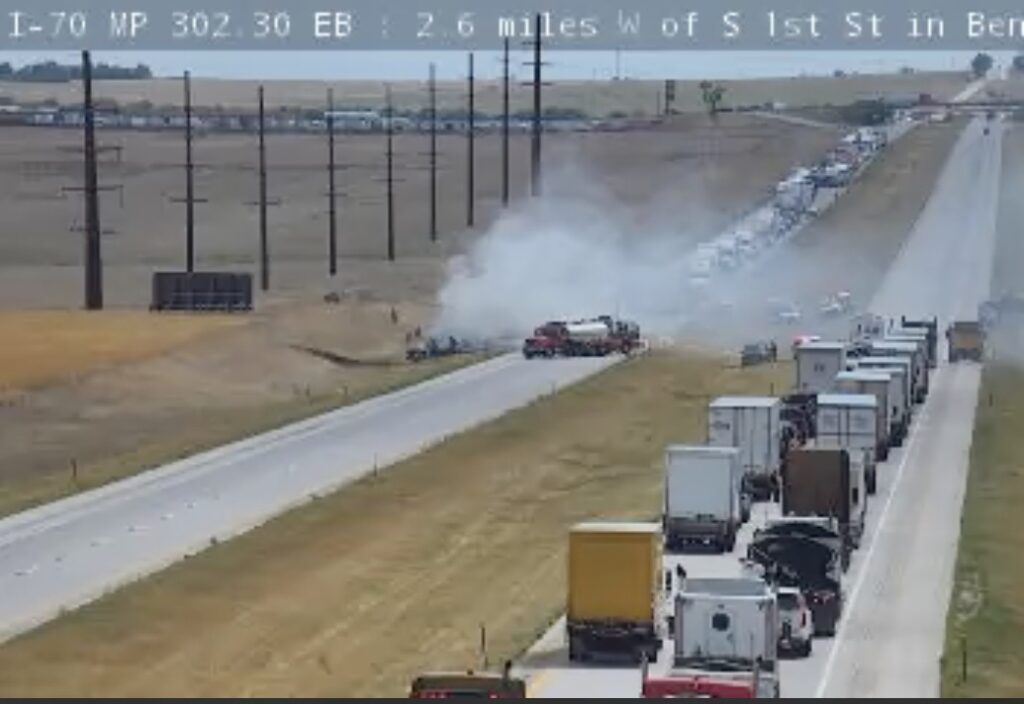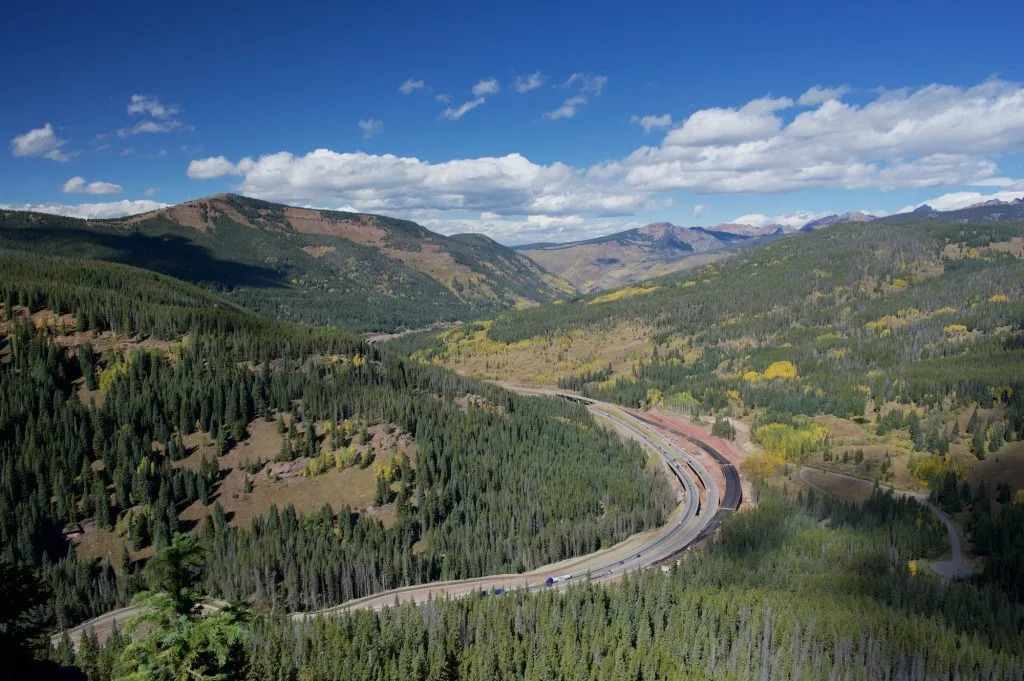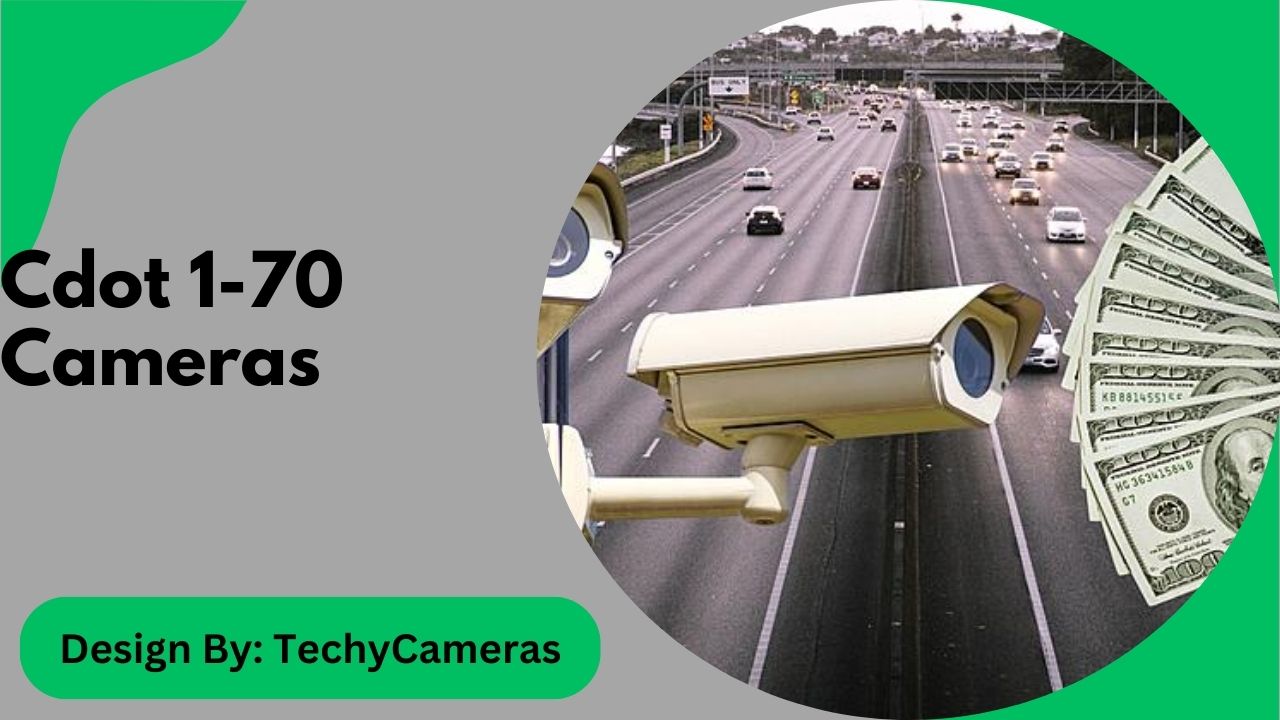CDOT 1-70 Cameras monitor traffic and weather on Colorado’s I-70, enhancing road safety and providing real-time updates to help manage congestion and incidents.
The Colorado Department of Transportation (CDOT) has set up a network of cameras along Interstate 70 (I-70) to keep track of traffic, improve safety, and give drivers real-time updates. This stretch of highway is one of the busiest routes in Colorado, connecting Denver with mountain towns, ski resorts, and neighboring states. During peak travel times and in tough weather conditions, the CDOT 1-70 Cameras provide crucial support in managing road traffic and keeping drivers informed. In this article, we’ll explore what these cameras are, how they work, their benefits, and how drivers can use them to have safer journeys.

CDOT 1-70 Cameras are a system of video cameras placed at various points along the I-70 highway. They help monitor traffic flow, track weather conditions, and quickly spot any accidents or problems on the road. The cameras send live video feeds back to CDOT’s traffic control center, where operators watch the footage around the clock. The cameras are also accessible to the public through CDOT’s website, allowing drivers to check the road conditions before setting off on their journey.
The CDOT 1-70 Cameras play an essential role in ensuring safety and smooth traffic flow on the highway. Here are some key reasons why they are important:
- Traffic Management: The cameras help in tracking vehicle movement, making it easier for traffic controllers to manage congestion and keep traffic flowing smoothly.
- Safety: By constantly monitoring the roads, the cameras help authorities spot accidents, roadblocks, or dangerous driving behaviors. This enables quicker responses from emergency
teams.
- Weather Monitoring: I-70 passes through areas that often face extreme weather, including snow, rain, and fog. The cameras keep an eye on these conditions, helping to issue timely warnings and ensuring safer travel.
- Traveler Information: By accessing real-time footage, drivers can see current road conditions and avoid areas that are congested or facing issues. This means fewer delays and a more efficient journey.
The CDOT 1-70 Cameras capture live video footage and send it directly to the CDOT traffic management center. Here, operators can monitor traffic, weather, and any incidents that may occur on the road. The footage is also made available to the public on the CDOT website, giving drivers a chance to check the latest updates before they hit the road.
CDOT has strategically placed cameras at many important locations along the I-70 corridor to provide comprehensive coverage. Some of the key areas include:
- Denver Metro Area: Covers areas within the city limits, where traffic is usually dense, especially during rush hours.
- Mountain Passes: Includes cameras at critical spots like Eisenhower Tunnel, Vail Pass, and Loveland Pass, which are known for tricky driving conditions, especially in winter.
- Rest Stops and Exits: Cameras near rest stops and exits help drivers find clear paths and avoid unexpected slowdowns.
- Real-Time Traffic Information: The cameras offer live updates on traffic conditions, helping drivers avoid getting stuck in jams or hazardous areas.
- Improved Safety: Since the roads are being watched continuously, any accidents or problems can be detected and managed quickly. This helps in faster response times by emergency services.
- Better Trip Planning: Drivers can check road conditions ahead of time, choose the best route, and avoid surprises, leading to safer and more efficient travel.
It’s easy to check the live feeds from the CDOT 1-70 cameras. Here’s how:
- Online Portal: Visit the CDOT traffic page on their official website. You can view live feeds from various cameras along the I-70, helping you decide on the best route for your journey.
- Mobile Apps: CDOT partners with several traffic apps that allow you to see real-time information. These apps are convenient for checking updates on the go.
The I-70 route is known for its beautiful mountain scenery, but it also has some of the most challenging driving conditions during winter. Snowstorms, icy roads, and limited visibility can make travel risky. The CDOT 1-70 cameras help monitor these conditions and allow CDOT to deploy snowplows and de-icing teams as needed. Drivers can also check the camera feeds to see if the roads are safe to travel, reducing the chances of accidents.
The introduction of CDOT 1-70 Cameras has significantly improved road safety and traffic management along the highway. Here’s how:
- Lower Accident Rates: The cameras act as a deterrent against speeding and reckless driving. They also ensure that emergency services can reach accident sites faster, reducing the impact of road incidents.
- Efficient Incident Response: The quick detection of accidents, broken-down vehicles, or road obstructions helps CDOT manage situations effectively, minimizing disruptions.
- Better Traffic Flow: By observing traffic patterns, CDOT can make real-time adjustments to road signs, lane usage, and speed limits, ensuring smoother travel.
While the CDOT 1-70 Cameras are mainly used for traffic management, some people have raised concerns about privacy. CDOT assures the public that the cameras are strictly used for monitoring traffic and road safety, and the footage is not kept for any other purposes. Privacy measures are in place to ensure that the data collected is used responsibly.

CDOT is continuously working on improving the camera network along I-70. Here are some future upgrades that might be expected:
- Better Camera Quality: Upgrading to high-definition cameras with improved night vision capabilities for clearer visibility during poor lighting conditions.
- AI Integration: Using artificial intelligence to analyze traffic patterns and predict potential congestion. AI could also help automate alerts in case of accidents or unusual traffic conditions.
- Easier Access for Drivers: CDOT is looking at ways to make it easier for drivers to check live feeds, whether through better website functionality or improved mobile app features.
- Check the Cameras Before You Drive: Especially during winter or peak travel times, make it a habit to look at the live feeds before starting your trip. This will help you avoid delays and ensure you are prepared for the journey.
- Use Traffic Apps for Updates on the Go: Install a reliable traffic app that gives you access to the CDOT cameras and other real-time updates. This is especially useful if you need to make changes to your route mid-journey.
- Plan Alternate Routes: If the cameras show heavy traffic or poor road conditions, have a backup route in mind to avoid getting stuck.
They are video cameras installed along I-70 in Colorado to monitor traffic, weather, and road safety.
Drivers can view live camera feeds through the CDOT website and traffic apps.
They help manage traffic flow, improve safety, and provide real-time updates to drivers.
Yes, they track weather changes, especially in areas prone to snow and fog, to ensure safer driving.
CDOT uses the cameras strictly for monitoring traffic and safety, with measures to protect privacy.
The CDOT 1-70 Cameras are a vital tool for ensuring safer and more efficient travel on one of Colorado’s busiest highways. They help monitor traffic, track weather conditions, and provide real-time information to drivers. Whether you’re commuting daily, heading to the mountains for a ski trip, or driving through Colorado for the first time, these cameras can help you make better travel decisions. By regularly updating and enhancing this system, CDOT continues to make the I-70 corridor safer and more efficient for everyone.
